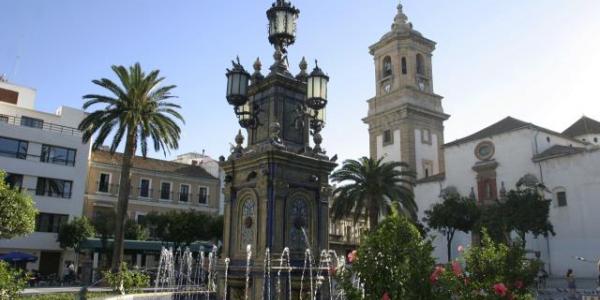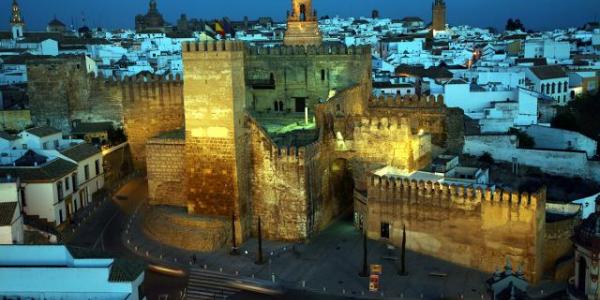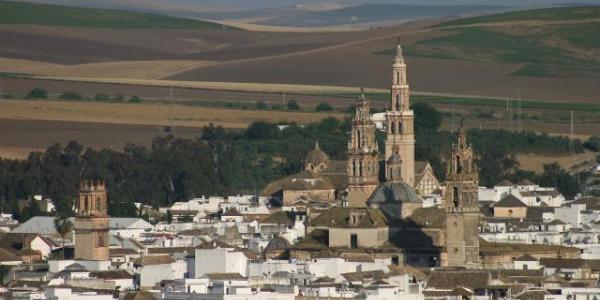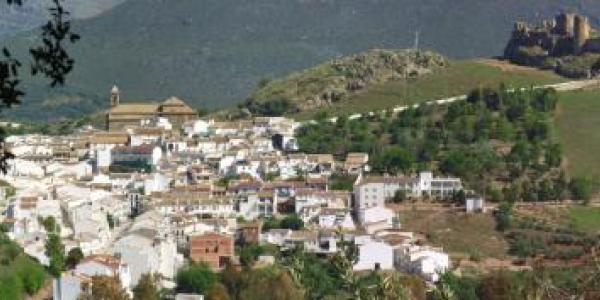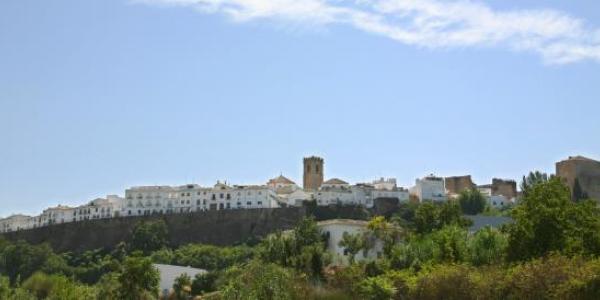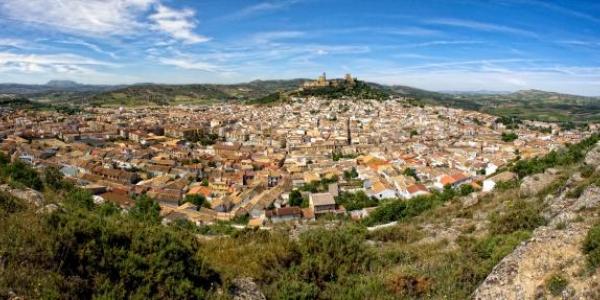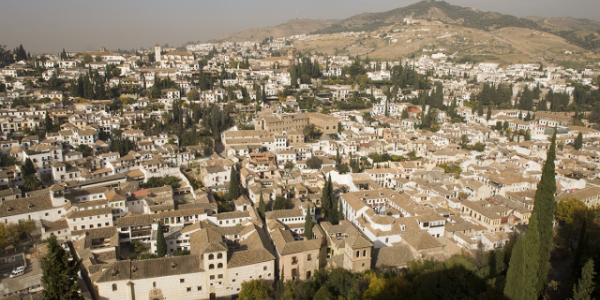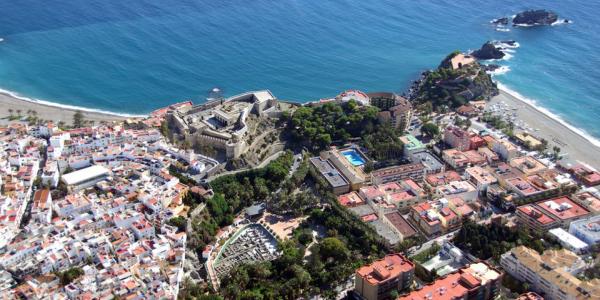
Carmona has preserved its gastronomic culture with a peculiar style of cooking varied high quality dishes, heir to the al-Andalus and mudejar traditions of the ancient city.
Vegetable farming provides the raw materials for the basis of this traditional and popular cuisine. To list all the dishes would be an endless task: alboronías (aubergine stew), spinach, seasonings, escarole lettuce with ground red pepper, tomato soup, tallos esparragados, “yellow” potatoes with codfish, gazpacho (tomato cold soup), migas (toasted bread crumbs), gachas (wheat flour porridge), green asparagus with scrambled eggs, cardoons stew, white beans stew, pig’s trotters, and a crusty “tostá” (toast) with manteca colorá (red lard) and small pieces of meat.
As far as the dessert is concerned, a strong Arab influence is present, and confectionery follows a long conventual tradition. It includes the torta inglesa (English pancake), olive oil bread rolls, rice and milk pudding, torrijas coated in sweet wine and honey, homemade polvorones (crumbly shortbreads), almond cakes and a tasty stew made with chestnuts and cinnamon.
The long historical and cultural assimilation of the contributions made to the town by the first civilizations that settled there, as well as the influence brought by Romans, Islam, Christian Spain or the Italian Renaissance have altogether brought about the assumption of plural and varied handicrafts, closely linked to religious manifestations, specially associated to the Holy Week, such as gold embroideries.
In Carmona, crafts have always been conceived depending on the requirements of agriculture and cattle raising, as well as specific uses such as those so distinctive of dwellings as glazed tiling, pottery, grille and gates forging, cabinetmaking or the manufacture of horse-drawn carriages. And thus, this Carmona combination of religious crafts, ornamentation, working tools and domestic objects manufacture, still survives today,



